Wildlife crime is one of the greatest challenges facing conservation, and one of the conservation tech world's biggest areas of innovation. With new ideas and solutions constantly being put forth to track and protect species targeted by poachers, manage protected areas and support rangers, and combat the growing online market for illegal wildlife products, the engineers and conservationists working to solve wildlife crime's many challenges rely on tools like machine learning, biologging, camera traps, acoustic monitoring, drones, mobile apps, and more.
This wide variety of overlapping technology makes our Wildlife Crime group a potential melting pot for many of our other communities, and makes it an especially exciting place to find collaborators working in different tech spheres to meet a common goal. Whether you're a camera trap expert looking for information on thermal vision to spot potential poachers, a machine learning expert with the skills to analyze acoustic data for gunshots, or a protected area manager seeking the latest integrated mobile tools, this group can connect you with the right members of our community!
Below, you'll find WILDLABS resources and conversations to help you understand how different technologies are being put to work in the fight against wildlife crime, and what conservation tech practitioners need for these tools to be effective.
Three Tutorials and Videos for Beginners:
- How do I use AI to fight wildlife crime? | Lily Xu, Tech Tutors
- WWF Wildlife Crime Technology Project | Eric Becker, Virtual Meetups
- SmartParks | Laurens de Groot, Virtual Meetups
Three Forum Threads for Beginners:
- Snare detection technologies | Rachel Kramer
- Tools for conservation management | Chris Muashekele
- Looking for Intelligence Database Software | Dexter Oelrichs
Three Articles for Beginners:
- Using AIS data to investigate the world's fishing ports, Max Schofield
- How do Wildlife Crime Experts view Remote Sensing Technologies used to Combat Illegal Wildlife Crime?, Isla Duporge
- Metal Detecting Sensors for Anti-Poaching, Sam Seccombe
Join this group now to get to know our community and start discussing solutions and ideas together!
Header photo: © Frank af Petersens/Save the Elephants
Neuroscientist & engineer looking for a data/R&D role in conservation.
- 0 Resources
- 0 Discussions
- 17 Groups
- @hyodopenguin
- | she/her
I am currently a rising junior at UC Berkeley studying data science. I hope to apply data with biodiversity, especially by utilizing camera traps for species classification. People in conservation tech are truly living my dream careers, and I can't wait to get even more inspired!

- 0 Resources
- 5 Discussions
- 23 Groups
Mobile developer w/ a passion for nature and conservation

- 0 Resources
- 16 Discussions
- 6 Groups
Spanish veterinarian interested in wildlife conservation
- 0 Resources
- 0 Discussions
- 14 Groups
OSINT analyst and investigator including wildlife crimes. Writer of children's animal books and articles for Animal World For Kids teaching about animal cognition, symbiosis and behaviour.
- 0 Resources
- 0 Discussions
- 3 Groups
- @Mumonkan
- | he / him
Conservation X Labs & Wild Me
Software Engineer for Wildlife Conservation

- 0 Resources
- 4 Discussions
- 11 Groups
- 0 Resources
- 0 Discussions
- 6 Groups
Wildlife Drones
Wildlife Drones has developed the world’s most innovative radio animal-tracking system using drones so you can track your radio-tagged animals like never before.


- 18 Resources
- 8 Discussions
- 32 Groups
Serendipity Wildlife Foundation
CEO, Serendipity Wildlife Foundation
- 0 Resources
- 5 Discussions
- 4 Groups
Fauna & Flora
Countering poaching and IWT

- 0 Resources
- 6 Discussions
- 2 Groups
- 0 Resources
- 0 Discussions
- 17 Groups
University of Adelaide

- 0 Resources
- 10 Discussions
- 17 Groups
Singapore's National Parks Board (NParks) has now opened the country's first Centre for Wildlife Forensics (CWF), and launched a new K9 unit to help uncover illegal wildlife and wildlife products at Singapore’s borders...
20 September 2021
Our friends at the Conservation Leadership Programme are proud to announce their 2021 CLP Team Award recipients! We'll be featuring interviews with some CLP winners about their projects, the technology they're using,...
17 May 2021
Check out WILDLABS' feature about the importance of building a community in the conservation technology world, shared on the IUCN World Conservation Congress blog to celebrate their upcoming event. Read an excerpt by...
17 May 2021
Today we're talking to Paul Bunker, owner of Chiron K9, a canine consultancy company specializing in detection, author of the workbook Imprint Your Detection Dog in 15 Days, a resource aimed at providing tools to get...
7 May 2021
Last year, Tim van Deursen and Thijs Suijten shared their new "Hack the Poacher" system with us, presenting a unique way to detect poachers in real-time within protected national parks. Read on to learn about their...
29 January 2021
This month, WILDLABS member Drew Cronin shared the new paper "Empowering rangers through technology and innovation." This collaborative effort included several members of the WILDLABS community and leadership, and...
27 January 2021
Do you have innovative #tech4wildlife ideas that could save one of the most endangered species on earth from extinction? Apply now to join Vaquita Hack, a hackathon for students and early career conservationists! This...
10 November 2020
Today, WWF conservation engineering intern Ashley Rosen shares insight into the process of redesigning a camera mount for FLIR thermal cameras used by rangers in the fight against poaching. Ashley's design will become a...
24 August 2020
Applications are now open for the the WWF-US Conservation Leadership Award, a prize honoring exceptional young people working toward conservation solutions in the United States. If you are an early career...
13 August 2020
Funding
Protecting elephants from conservation's most pressing issues like poaching and human-wildlife conflict requires big, bold, and innovative solutions. Hackster.io, Smart Parks, Edge Impulse, Microsoft, and several other...
11 August 2020
Since 2016, ZSL’s Instant Detect team have been working on improving metal detecting sensors for anti-poaching. The team believe that using metal detecting sensors will provide a highly targeted detection of potential...
10 August 2020
Article
SMART is excited to showcase the features of their new data collection solution, SMART Mobile! Built around the specific needs of the SMART user community, this streamlined mobile tool allows staff in protected areas to...
23 June 2020
June 2025
event
July 2025
November 2023
May 2023
event
42 Products
1 R&D Projects
41 Organisations
Recently updated products
Recently updated R&D Projects
Recently updated organisations
| Description | Activity | Replies | Groups | Updated |
|---|---|---|---|---|
| Hi everyone,I'm new here :)I'm doing my thesis of biology bachelor about Rhino poaching. I wanted to ask here if yu have some articles... |
|
AI for Conservation, Ending Wildlife Trafficking Online, Human-Wildlife Conflict, Wildlife Crime | 2 years 1 month ago | |
| Hi all, In the last couple of months I have started using the Google 'Lens' app on my Android phone and I have been really impressed... |
|
Software Development, Wildlife Crime | 2 years 2 months ago | |
| Hello. I am a PhD candidate at Penn State University. I submitted a post to this group back in March and I am resubmitting... |
|
Community Base, Data management and processing tools, Geospatial, Wildlife Crime | 2 years 8 months ago | |
| Hey all!I am Ayush, a core team member of my school's Robotics Club (Center For Innovation, Indian Institute of Technology, Madras). There... |
|
Drones, Sensors, Wildlife Crime, Early Career | 2 years 10 months ago | |
| Hi everyone, I'm new here! I'm a UX designer and researcher, and an animal lover. Excited to be part of Conservation Tech here at WildLabs... |
|
AI for Conservation, Human-Wildlife Conflict, Software Development, Wildlife Crime | 2 years 10 months ago | |
| Thanks for the sharing the information. In India as well solar-powered e-bike for forest guards was piloted (See https://www.thebetterindia.com/267799/nit-karnataka-electric-bike-... |
|
Wildlife Crime | 3 years 1 month ago | |
| I am happy to share my co-authored paper titled “CITES enforcement information sharing—if you don’t know where you’... |
|
Wildlife Crime | 3 years 1 month ago | |
| Hello. I have reviewed the questions this am and all the questions on the survey that force a response should have a N/A or "I don't know" option. That... |
|
Protected Area Management Tools, Wildlife Crime | 3 years 1 month ago | |
| Hi, I've been working on a buoy-mounted underwater acoustic recorder, kinda like what you're talking about. I'll send you a concept note. -harold |
|
Wildlife Crime | 3 years 2 months ago | |
| Hi Wildlabbers, We're getting ready for tomorrow's episode with Tech Tutor Lily Xu, who'll talk to us about how machine... |
|
AI for Conservation, Protected Area Management Tools, Wildlife Crime | 3 years 8 months ago | |
| Thank you very much! I'll email you now. |
|
Wildlife Crime | 3 years 10 months ago | |
| Update (April 16): I just open-sourced the code at https://github.com/ecognize-hub/ecognize. I released it under the Apache 2.0 license so it can be used for pretty much anything... |
|
Wildlife Crime | 4 years 1 month ago |
Ivory ID using portable molecular sensors?
1 July 2016 4:01pm
26 July 2016 4:40pm
Thanks, @Peter+Apps . I reached out to ConsumerPhysics for more information. They said that scanning animal ivories for identification purposes is likely to be feasible with SCiO and that others may be considering this application as well.
They confirmed that SCiO uses NIR spectroscopy for classification between different substances, providing that the molecular fingerprints are different enough from each other. It sounds like they did a basic feasibility test that "showed promise in classifying ivory samples from different kinds of animals - elephant, mammoth, hippopotamus and walrus, as well as plastic mock-ivory samples. The corresponding molecular sensing models and applications will have to be developed further for better insight. This may be developed in the future either by us or by the SCiO developer community using the SCiO Development Toolkit, which allows users to create models and apps."
They suggested that a user would need to take two things into consideration when working toward this application: "First, as SCiO’s detection threshold varies by material, and is typically 0.1%-1%, some micro-nutrients will not be detectable. This requires further research. In addition, it should be noted that building the database for such an application requires access to samples and their chemical characteristics."
More info on DevKit SDK is online here: https://www.consumerphysics.com/myscio/developers/ and here: https://www.youtube.com/watch?v=6wDLSF0ZkIA. I have no experience with this technology and no connection to ConsumerPhysics, but it sounds interesting.
I think this could be a good research project for someone in the WILDLABS community. With the scope of our network, gaining access to samples should not be a challenge.
26 July 2016 7:06pm
It sounds like @David+Baisch at Conservation X Labs just ordered a SCiO spec and developer's kit to test its sensitivity. They're interested in seeing whether the device can be used to differentiate beteween tree species in treated and untreated wood products. Looking forward to learning more about that process!
Video: Discover the SMART Approach
 The SMART Partnership
The SMART Partnership
20 July 2016 12:00am
New rhino poaching report out
11 July 2016 1:36pm
Can Drones Live up to the Hype?
8 July 2016 12:00am
Wildlife Crime Tech Challenge Accelerator Bootcamp
24 June 2016 12:00am
TEAM Network and Wildlife Insights
28 April 2016 12:00am
Wildlife Crime Apps
13 April 2016 3:46pm
The Spatial Monitoring and Reporting Tool (SMART)
15 March 2016 12:00am
Disruptive Technology: Embracing the Transformative Impacts of Software on Society
10 March 2016 12:00am
15th International Elephant & Rhino Conservation and Research Symposium
4 March 2016 12:00am
Bringing Conservation Technology to Life
17 February 2016 12:00am
JIGZAW and Mars Omega, an introduction
2 February 2016 3:17pm
3 February 2016 4:44am
Thanks Anthony - what is the best way to introduce others to your product and solutions? I live in Kenya - can you disclose who you are working with here?
With regards to a scale up partner, can you provide a few more details on what you are looking for?
Gautam!
3 February 2016 10:08am
Hi Gautam,
I think the best way is have them read the thread, and then get back to me with questions - I can then respond on a case-by-case basis. Our website is here: http://www.marsomega.com. We have not yet updated it to make public our involvement in countering wildlife crime, but that will be done shortly.
On disclosure, Hamish is actually in Kenya from tomorrow, and he is talking to our Kenyan partners to make sure they are happy to have this information made more freely available. We necessarily are being very discreet.
On scaling - as one of the 16 Prize WInners in the Wildlfe Criem Tech Challenge, we have only just started talking to the competition sponsors about acceleration and scaling. Once we have established that process and have more information ourselves, I will be happy to discuss this further.
Best regards,
Anthony
JIGZAW - information collection and use
3 February 2016 9:55am
Report outlines 2016's most pressing conservation issues
3 February 2016 12:00am
Illegal wildlife sales on social media
4 January 2016 3:56pm
26 January 2016 4:14pm
This post made me wander whether we could employ social media listening tools to identify illegal wildlife trade hotspots, levels, changes in attitude towards IWT products etc.? Perhaps already being done? Here's some case studies from Brandwatch of how brands are using social media listening: https://www.brandwatch.com/case-studies/
Real-time anti-poaching tags to prevent imminent species extinctions?
22 January 2016 2:49pm
Wildlife Crime Tech Challenge: Winners Announced!
22 January 2016 12:00am
The Impact of the Internet of Things
10 December 2015 12:00am
Gaming for Good: Minecraft and Quiz Up
3 December 2015 12:00am
Harnessing Big Data to Combat Illegal Wildlife, Timber and Fisheries Trade
 Rachel Kramer
and 2 more
Rachel Kramer
and 2 more
26 November 2015 12:00am
Technology for Traceability
 Daniel Brizuela
and 1 more
Daniel Brizuela
and 1 more
26 November 2015 12:00am
Gaming for Good: Runescape and Angry Birds
25 November 2015 12:00am
Nov 18th: Cheap Space, DIY Imaging and Big Data
9 November 2015 2:36pm
What is eDNA?
2 November 2015 12:00am




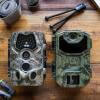



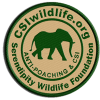
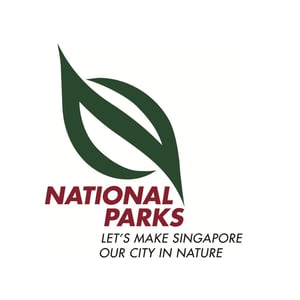
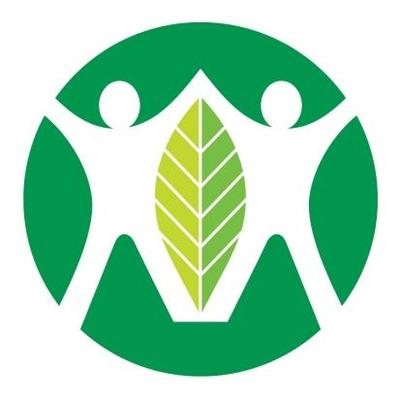






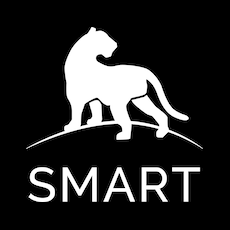


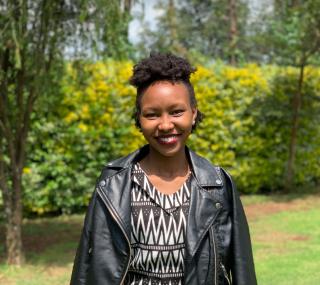

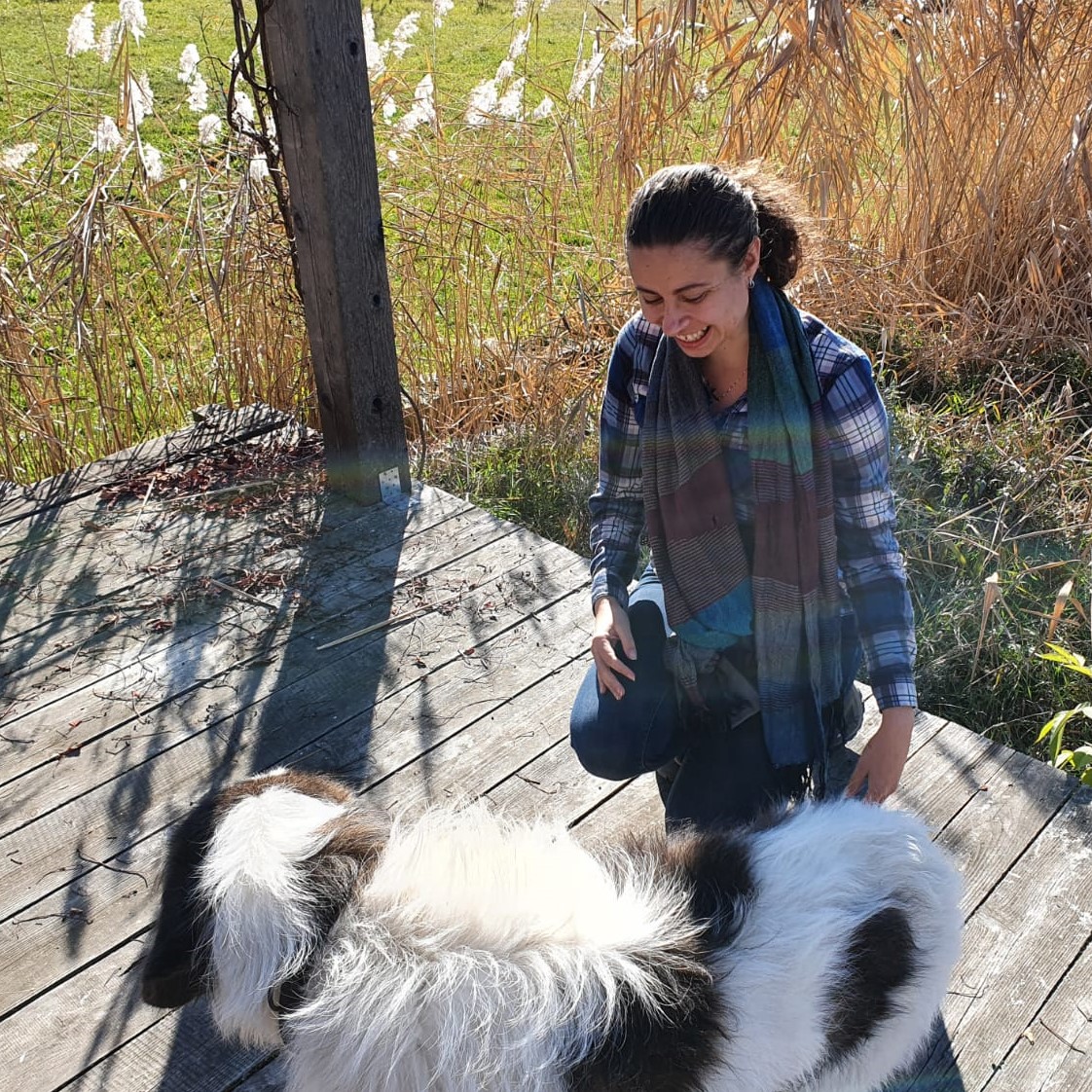

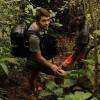






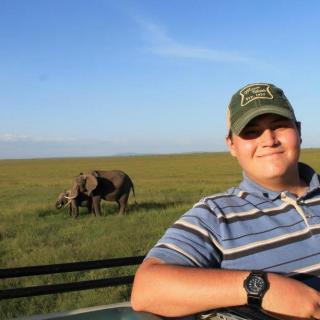








12 July 2016 7:37pm
There are so few details on the link that it is not possible to judge whether that particualr hardware will be any use for anything. I suspect that it used near infra-red which has some applications for bulk anayses of foods but I doubt that it could distinguish different types of animal ivory. It might be able to discriminate between vegetable and animal ivory.